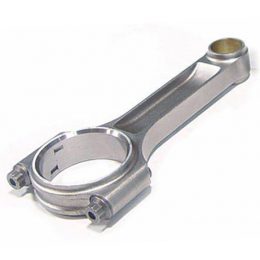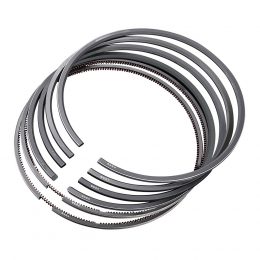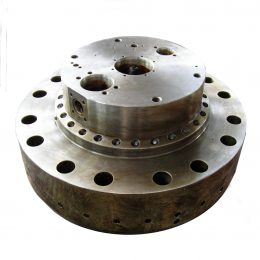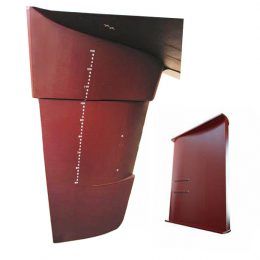Marine Cylinder Liner Standards: A Technical Overview
Marine Cylinder Liner Standards
Marine cylinder liners are a crucial component in the engine of any marine vessel, from small boats to large ships. These liners are exposed to harsh operating conditions such as high temperatures, pressures, and corrosive environments. It is essential to adhere to specific standards in manufacturing and fitting marine cylinder liners to ensure the efficient and safe operation of marine engines.
In this article, we will provide a technical overview of marine cylinder liner standards, their importance, types, and factors affecting their quality. Understanding these standards will assist vessel operators, engineers, manufacturers, and maintenance teams in achieving optimal engine performance, reliability, and safety.
Importance of Marine Cylinder Liner Standards
Marine cylinder liners play a vital role in the performance and longevity of an engine. The correct manufacturing, fitting, and maintenance of these liners are critical to ensure the efficient and safe operation of marine vessels. The marine environment is hostile, with saltwater, humidity, and other corrosive elements that can damage the engine.
Adhering to specific standards in manufacturing and fitting marine cylinder liners ensures that the liners can withstand harsh operating conditions, reducing wear and tear and extending their lifespan. Moreover, using high-quality cylinder liners can reduce fuel consumption, emissions, and maintenance costs. The International Maritime Organization (IMO) has set standards for marine engines to regulate their emissions, and cylinder liner standards play a significant role in meeting these regulations.
Overview of Marine Cylinder Liner Standards
Marine cylinder liner standards specify the material, design, dimensions, and other characteristics that the liners must meet. These standards ensure that the cylinder liners can withstand high temperatures, pressures, and corrosive environments. The most widely used materials for marine cylinder liners are cast iron, steel, and ceramic.
The most commonly used standards for marine cylinder liners are those set by the International Organization for Standardization (ISO) and the American Society of Testing and Materials (ASTM). These standards define the physical and chemical properties of the materials used in cylinder liners, as well as the dimensions, tolerances, surface finishes, and quality control requirements.
Types of Marine Cylinder Liners and their Standards
There are two main types of marine cylinder liners: wet and dry liners. Wet liners are in direct contact with the coolant, while dry liners are not. Wet liners are more commonly used in marine engines because they offer better heat dissipation and are easy to replace.
The standards for wet and dry liners are different. Wet liners must be made of materials that are resistant to corrosion, erosion, and cavitation. They must also have good thermal conductivity and be able to withstand high temperatures and pressures. The standards for dry liners are less stringent as they are not in contact with the coolant.
Factors Affecting Marine Cylinder Liner Standards
Several factors can affect the quality of marine cylinder liners. The manufacturing process, the quality of the materials used, the design, and the fitting of the liners can all impact their performance and lifespan.
It is essential to ensure that the manufacturing process and quality control measures meet the specified standards. The materials used must be of high quality, and the design of the liner must be appropriate for the engine’s operating conditions. The fitting of the liner must also be precise to ensure that there is no leakage or vibration that can cause premature wear and tear.
Conclusion: The Future of Marine Cylinder Liner Standards
Marine cylinder liner standards play a critical role in ensuring the efficient and safe operation of marine engines. Adhering to these standards is essential for vessel operators, manufacturers, maintenance teams, and engineers.
The future of marine cylinder liner standards is likely to focus on reducing emissions, improving fuel efficiency, and enhancing the durability and lifespan of the liners. As marine engines become more complex and the environmental regulations become more stringent, it is essential to continue to develop and adhere to high-quality standards for marine cylinder liners. By doing so, we can ensure that marine engines operate efficiently, reliably, and safely for years to come.
- Proper Design of Cylinder Liners in Marine Diesel Engines
- Marine Engine Connecting Rods: A Complete Buyer’s Guide
- Oil Lubrication Stern Shaft Seal
- Types of Marine Cylinder Liner Coatings: Pros & Cons
- Marine Engine Fuel Injection System Market Size 2022, Global Share, Development History, Business Prospect, Trends, Manufacturers, Supply, Industry Demand, Growth Factor and End User Analysis, Outlook till 2030
- 5 Indications of Urgent Diesel Crankshaft Repair



